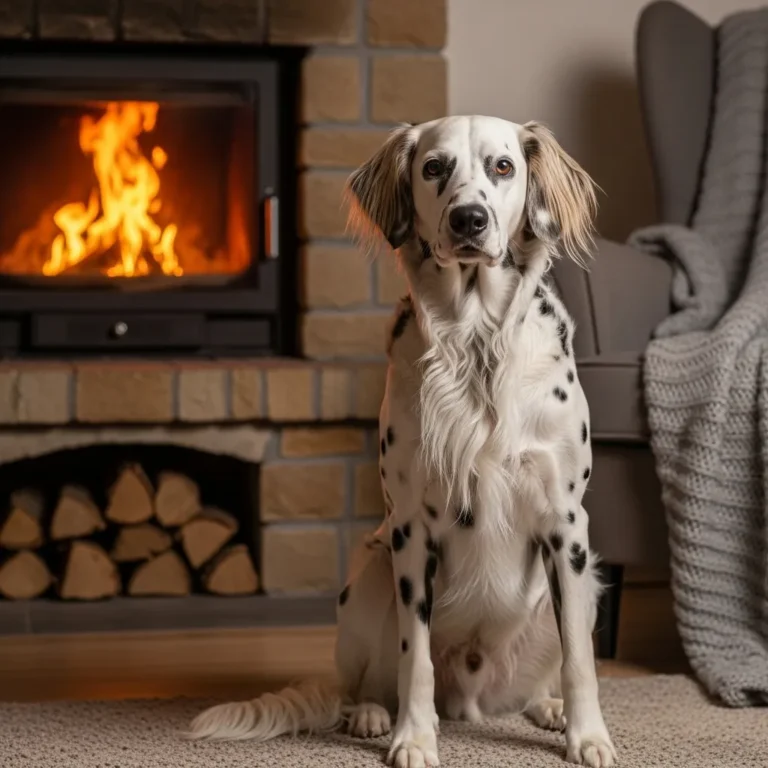
long haired dalmatian
Hey there, fellow dog lover! Let me set the scene for you. You’re at the dog park, and you see the usual crowd: a Golden Retriever chasing a ball, a feisty little Terrier doing zoomies, and then… you do a double-take. Is that a Dalmatian? It has all those iconic spots, but wait… is it… fluffy? Your brain does a little happy-dance of confusion and delight.
Well, let me tell you, you’re not seeing things! What you’ve just spotted is the absolutely fabulous, often-misunderstood, and utterly captivating dalmatian long hair. I’m so excited to dive into the world of these gorgeous spotted clouds with you. Think of me as your friendly neighborhood dog expert, here to share all the juicy details, from the secrets behind their stunning coats to what it’s really like to live with one. So, grab a comfy seat (and maybe your own pup for cuddles), and let’s get into it!
Understanding Long-Haired Dalmatians
We all have that one picture in our heads when we think “Dalmatian,” right? A sleek, short-coated athlete covered in perfect black or liver spots. But just like in life, sometimes the most wonderful things come in surprising packages. The long-haired Dal is one of those delightful, fluffy surprises that makes you stop and stare.
What is a long-haired Dalmatian?
Okay, let’s start with the basics! A long hair dalmatian is exactly what it sounds like: a full-blooded Dalmatian who hit the genetic jackpot and got a gorgeous, longer, softer coat. Instead of that slick, wash-and-wear fur, these pups rock a silky, often wavy coat that’s especially feathery on their ears, tail, and legs. It’s like the standard Dalmatian decided to put on its most elegant, flowing gown. They’ve still got the same playful sparkle in their eyes, the same athletic build, and of course, all those magnificent spots!
related: How to breeding dalmatians Right
Are long-haired Dalmatians purebred?
This is the question I get all the time, and it’s a super important one! The answer is a resounding yes! Long-haired Dals are 100% purebred. They aren’t the result of a mix with a Setter or a Spaniel; they are simply the product of a cute little recessive gene that decided to show up and say hello. It’s like when two brunette parents have a blonde baby—the gene was always there, hiding in the family tree, just waiting for its moment to shine.
“Many people mistakenly believe long-haired Dalmatians are not purebred,” notes Dr. Sarah Miller, a canine geneticist specializing in breed variations. “However, the gene responsible for long hair is a known recessive trait within the Dalmatian gene pool. It’s simply a less common expression of their natural genetics.”
How rare are long-haired Dalmatians?
Paws up, they are seriously rare! Because that long-hair gene is recessive, both mom and dad need to be carrying a copy of it for a fluffy puppy to appear. It’s a genetic lottery! This means you could have litter after litter of beautiful short-coated pups, and then—BAM!—a fluffy one pops out, making the whole litter extra special. Their rarity is part of what makes spotting one feel like finding a four-leaf clover.
What causes a Dalmatian to have long hair?
It all comes down to a tiny thing called the Fibroblast Growth Factor 5 (FGF5) gene. Think of it as the instruction manual for hair length. The dominant instruction says “short hair,” which is why we see it most often. But if a puppy gets two copies of the recessive “long hair” instruction (one from each parent), they’ll proudly wear that beautiful, flowing coat. It’s simple, fascinating genetics in action!
Is the long hair gene a fault in the breed standard?
Let’s be real about this. According to the official rulebooks of big organizations like the AKC, a long coat is considered a “fault” for the show ring. This means my fluffy friends can’t compete in conformation shows where judges are looking for that specific short-coated standard. But here’s my two cents: who cares? For those of us looking for a loving, hilarious, and loyal family member, this so-called “fault” is what makes them perfectly and uniquely wonderful. They’re show-stoppers in our homes and at the dog park, and that’s what truly matters.
Characteristics and Appearance
Beyond that gorgeous coat, long-haired Dals are every bit the classic, charming goofballs we know and love. But let’s be honest, that extra fluff does give them a certain “je ne sais woof!”
What do long-haired Dalmatians look like?
Picture the elegant, athletic Dalmatian silhouette you know. Now, imagine it draped in a soft, silky, slightly wavy coat. The feathers on their ears are just divine, their tail is a glorious waving plume, and the fur on the back of their legs looks like they’re wearing the cutest little bell-bottoms. Some even have a lovely, thicker ruff around their neck. They look less like a firehouse dog and more like an aristocratic canine who’s ready for a portrait session. Simply stunning!
Do they have the same spots as short-haired Dalmatians?
They absolutely do! The long coat is like a sheer curtain over the same spectacular spot pattern. Whether their spots are classic black, warm liver, or one of the rarer colors, they are all there, clear as day, dotting their white canvas. Each dog has a one-of-a-kind spot map, making every long-haired Dal a walking masterpiece.
Is there a difference in temperament between long-haired and short-haired Dalmatians?
Nope, not one bit! Coat length doesn’t change personality. You’re still getting the full, fabulous Dalmatian package: energetic, clever, deeply loyal, and with a sense of humor that will keep you laughing. They are Velcro dogs who want to be involved in everything you do, from your morning run to your evening couch-potato session.
As Dr. Emily Carter, a renowned animal behaviorist, often states, “Coat length is a superficial trait and doesn’t dictate a dog’s personality. A Dalmatian’s temperament is a product of its breed heritage, early socialization, and individual personality, not whether its fur is long or short.” So, expect the same wonderful, spirited companion—just with more fluff to pet!
Care and Grooming
Alright, let’s talk about the fluffy elephant in the room: grooming. If you’re used to a short-haired dog, this is where the long-haired Dal requires a little extra TLC. But trust me, it’s a labor of love!
Do long-haired Dalmatians shed more than short-haired ones?
Let’s not sugarcoat it: all Dalmatians shed. A lot. It’s part of their charm! They are 24/7 shedding machines. Now, with a long-haired Dal, the hairs are longer, so they might seem more obvious when they clump together on your black leggings or your sofa. On the upside, those longer hairs can sometimes be easier to vacuum up than the tiny, needle-like hairs of their short-coated cousins. So, it’s a trade-off! Stock up on lint rollers and embrace the sparkle (of dog hair) in your life.
How often do long-haired Dalmatians need grooming?
This is the big one. While a short-haired Dal might be fine with a quick brush once a week, our fluffy friends need a much more consistent routine. To keep their coats tangle-free and beautiful, you’ll want to break out the brush every other day, if not daily. Think of it as a lovely bonding session with your spotty friend!
“Regular grooming is essential for long-haired breeds to prevent skin issues and matting,” advises Maria Rodriguez, a professional dog groomer with over 20 years of experience. “For a long-haired Dalmatian, a thorough brushing session 3-4 times a week, if not daily, will make a huge difference.”
What kind of grooming tools are best for long-haired Dalmatians?
Having the right toolkit turns a chore into a cuddle! Here’s my must-have list:
- A Slicker Brush: Your go-to for detangling and getting out that loose undercoat.
- A Pin Brush: Perfect for gently smoothing through that long, beautiful topcoat.
- An Undercoat Rake: A lifesaver during shedding season to gently pull out the dead fluff without hurting the good stuff.
- A Wide-Toothed Comb: Essential for carefully working out any little knots before you brush.
- A Detangling Spray: Your secret weapon for making brushing a breeze.
Be gentle, give lots of praise, and maybe a treat or two, and grooming can become a highlight of your dog’s day!
Are they prone to matting?
Yes, and this is why that regular brushing is so, so important. Those beautiful feathery areas—behind the ears, under the legs, and around the collar—are matting hot-spots. If you skip a few brushings, those soft tangles can quickly turn into tight, painful mats that pull on their skin. A little daily prevention saves a world of hurt (and a potentially stressful shave-down at the groomer) later on.
Health and Genetics
When it comes to health, a long-haired Dalmatian has the same needs and considerations as any other Dal. Their gorgeous coat doesn’t bring any unique health problems, but it’s crucial to know the breed-specific stuff.
Are there any specific health issues associated with long-haired Dalmatians?
The long-hair gene itself isn’t linked to any health problems. However, they share the same potential health concerns as all Dals. Being a good pet parent means being aware of these:
- Deafness: Dalmatians have a higher rate of congenital deafness. Responsible breeders will always perform BAER (Brainstem Auditory Evoked Response) testing on their puppies.
- Urinary Stones: Dals have a unique metabolism that makes them prone to forming urate stones. A proper diet and plenty of fresh water are key!
- Allergies: Some can be prone to skin allergies, which can cause itching and discomfort.
- Hip Dysplasia: As with many medium-sized, active breeds, this is something to keep an eye on.
A great vet and a proactive owner are the best health insurance any dog can have.
Can long-haired Dalmatians be shown in dog shows?
As we chatted about earlier, in the traditional conformation ring, the answer is no. Their coat is a disqualification. But let me tell you, that doesn’t mean they can’t be stars! They can absolutely rock it in all kinds of other activities where personality and brains matter most. We’re talking agility, obedience, rally, nosework, and therapy work! Their intelligence and eagerness to please make them naturals for so many fun dog sports.
What should I know if I’m considering breeding long-haired Dalmatians?
Whoa there, this is a big responsibility. Breeding should always, always be done with the goal of bettering the breed and prioritizing health above all else.
- Health Testing is Non-Negotiable: This means BAER tests for hearing, OFA certifications for hips, and genetic screening.
- Know Your Genes: If you’re intentionally hoping for long-haired pups, you need to genetically test your dogs to see who carries the recessive gene.
- Ethics First: Breeding just for a “rare” coat without focusing on health, temperament, and structure is a huge no-no in my book. Every puppy deserves to be healthy and well-adjusted.
- Commitment for Life: A responsible breeder is committed to every puppy they bring into the world, for its entire life.
“Responsible breeding is about improving the breed as a whole,” says Dr. Miller. “While long-haired Dalmatians are beautiful, ethical breeders prioritize health and temperament above all else, ensuring any puppies produced are sound and well-suited for loving homes.”
Owning a Long-Haired Dalmatian
So, you’ve fallen in love with the idea of a fluffy spotted shadow? Amazing! Let’s talk about the real-world stuff of bringing one of these rare gems into your life.
Where can I find a long-haired Dalmatian puppy?
Finding one can be a bit of a quest, but don’t get discouraged!
- Connect with Reputable Breeders: Your best bet is to talk to established, ethical Dalmatian breeders. Even if they don’t specialize in long-hairs, they know the breed inside and out and might know of a litter where one has appeared. Ask them openly about the FGF5 gene in their lines.
- Check with Rescue Groups: Don’t forget rescue! Dalmatian-specific rescue organizations sometimes get these unique pups, and you’d be giving a dog a truly life-saving second chance.
- Do Your Homework: Anyone can say they’re a “breeder.” A good one will welcome your questions, show you health clearances, and interview you as much as you interview them.
Are long-haired Dalmatians good family pets?
In the right home, they are absolutely phenomenal family pets! They are loyal, playful, and thrive on being part of the action. They do best with active families who can match their energy. They’re usually great with kids, especially if they grow up together, but their bounciness can be a lot for toddlers, so supervision is key. Early socialization and puppy training classes are a must to help them grow into the wonderful, polite dogs they’re meant to be.
What’s the typical lifespan of a long-haired Dalmatian?
You can expect a wonderful 10 to 13 years with your spotted friend. With a high-quality diet, regular vet check-ups, lots of exercise, and all the love you can give, many live long, happy, and healthy lives, filling your years with unforgettable memories.
So, there you have it! The long-haired Dalmatian is more than just a pretty face; they’re a joyful, energetic, and deeply loving companion wrapped in a uniquely beautiful package. If you’re ready for the grooming and the glorious adventure of Dalmatian ownership, one of these fluffy spotted angels could be the perfect dog to leave paw prints on your heart.
please leave comment
you may like it
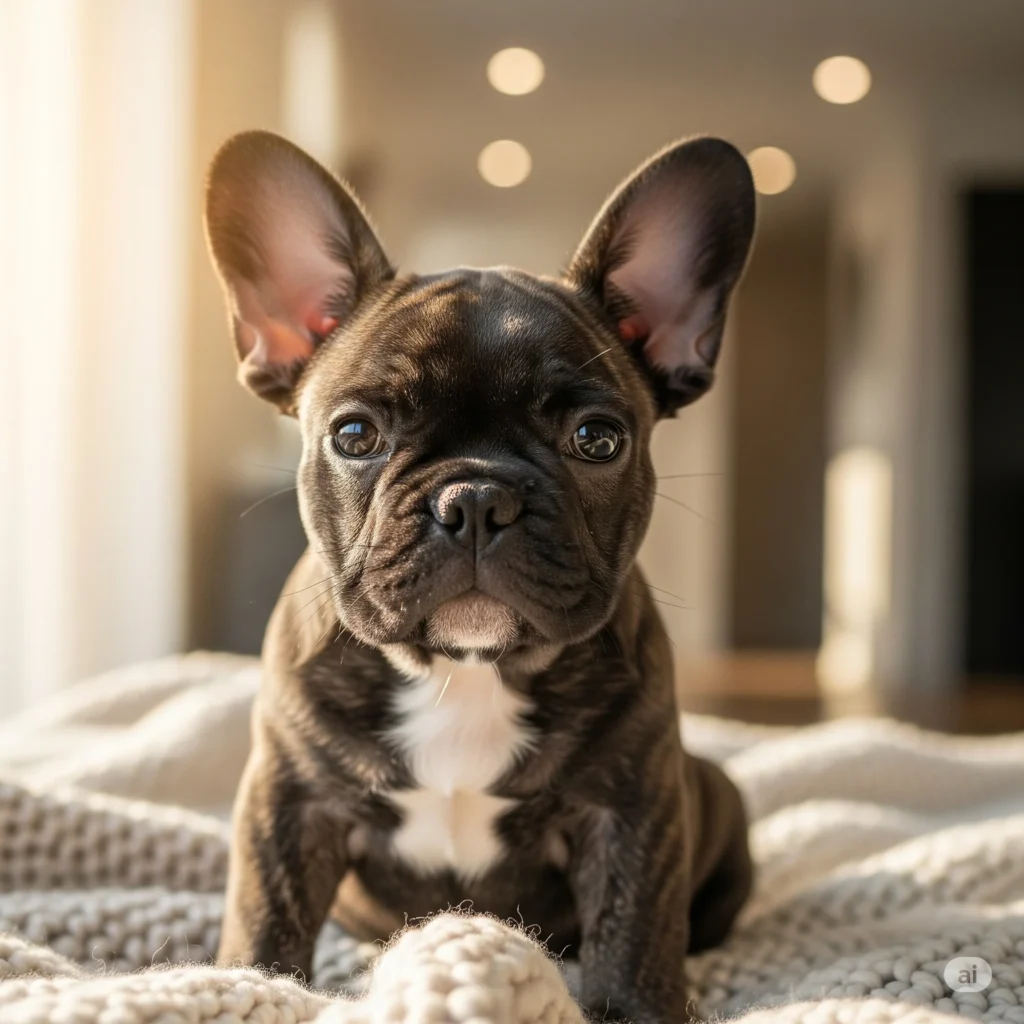
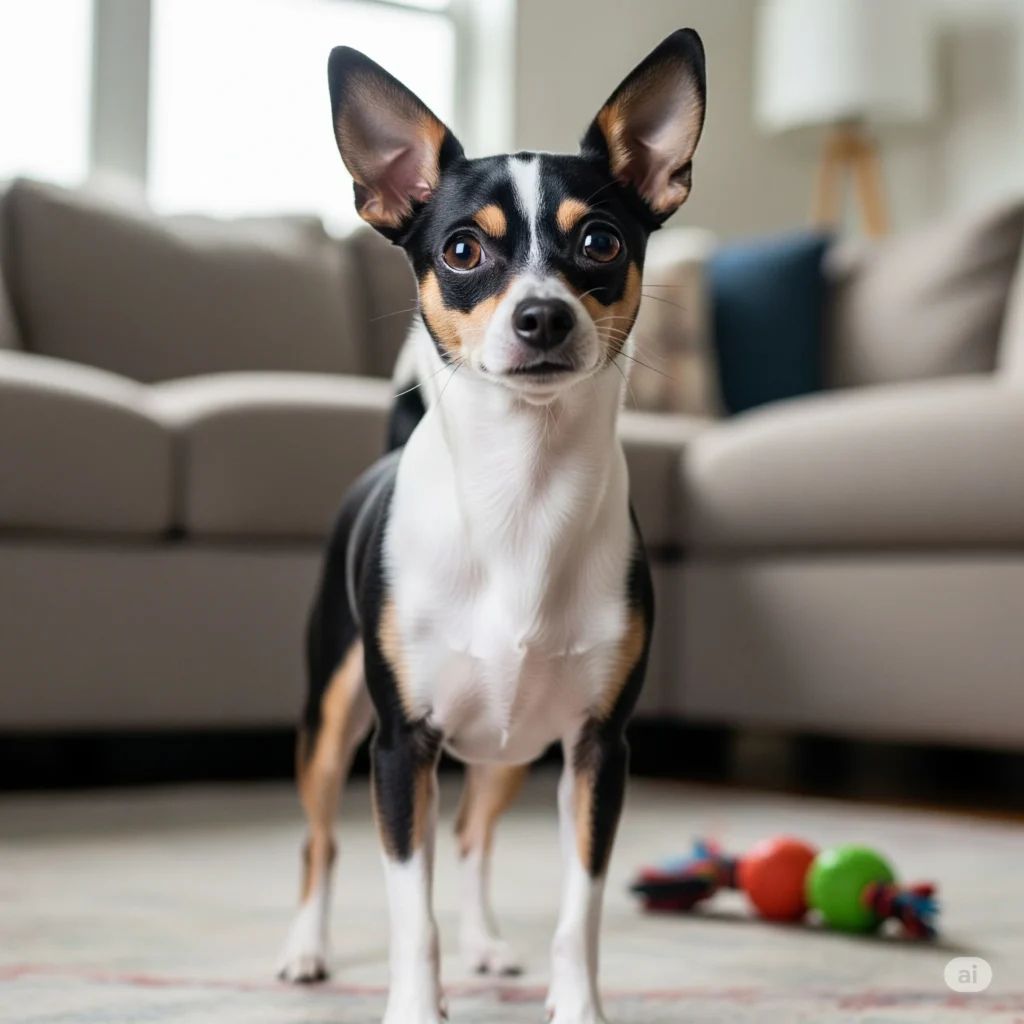
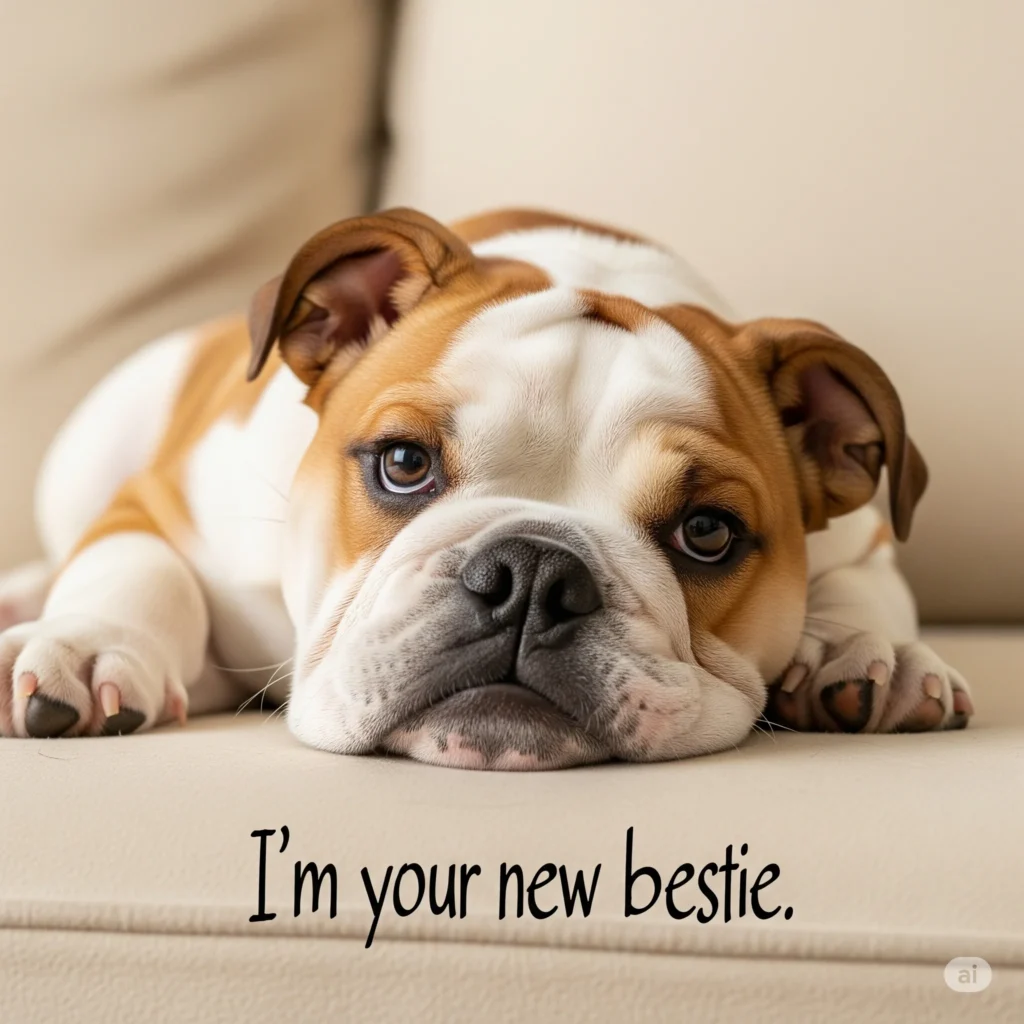
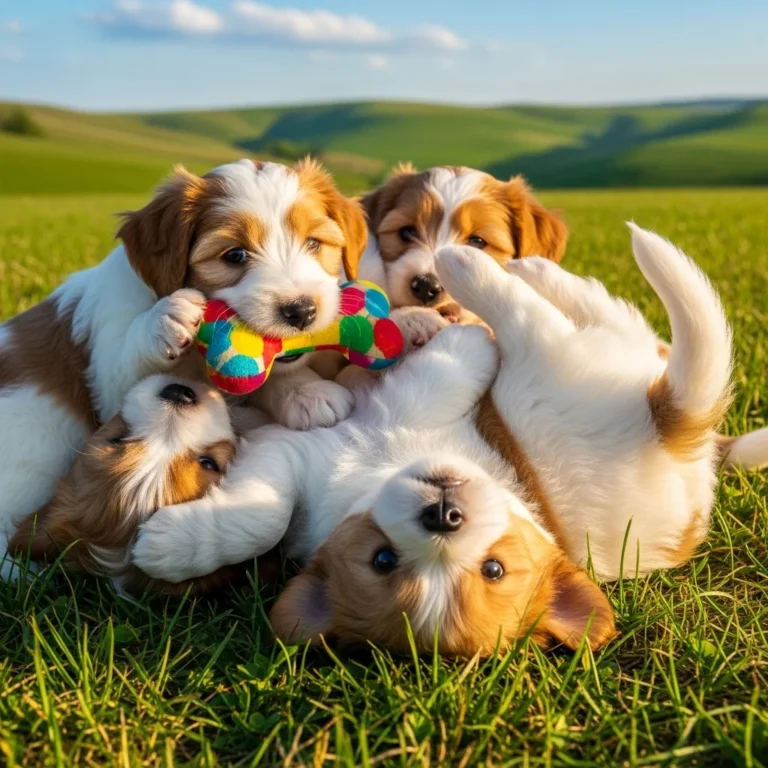
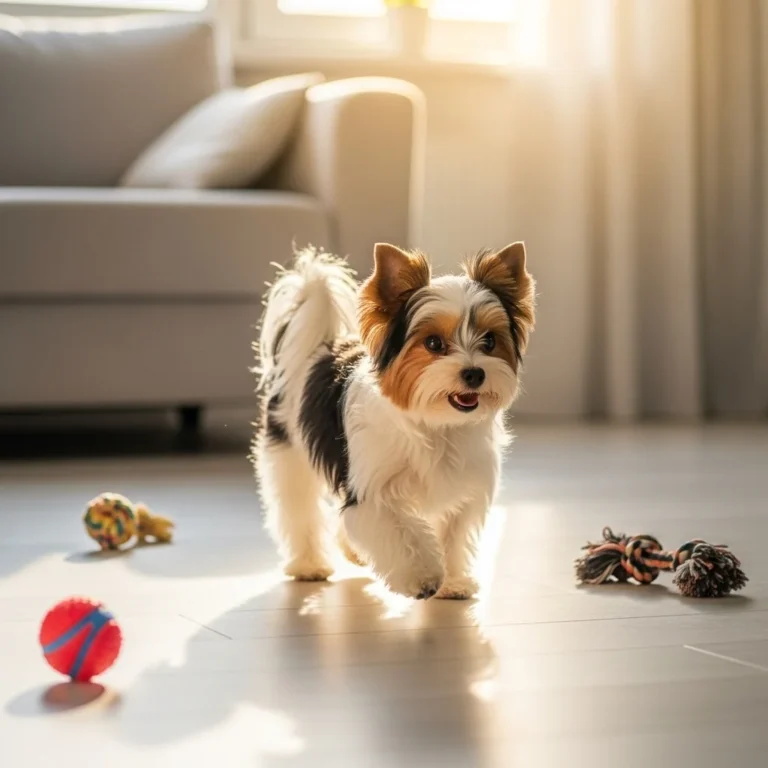
sources
- https://missouridalmatians.com/2025/06/16/long-coat-dalmatians/
- https://articles.hepper.com/long-haired-dalmatian/
- https://www.dogster.com/dog-breeds/long-haired-dalmatian
- https://www.genomia.cz/en/dalmatin
- https://www.reddit.com/r/DogBreeding/comments/1fq3x8a/long_haired_dalmations/

